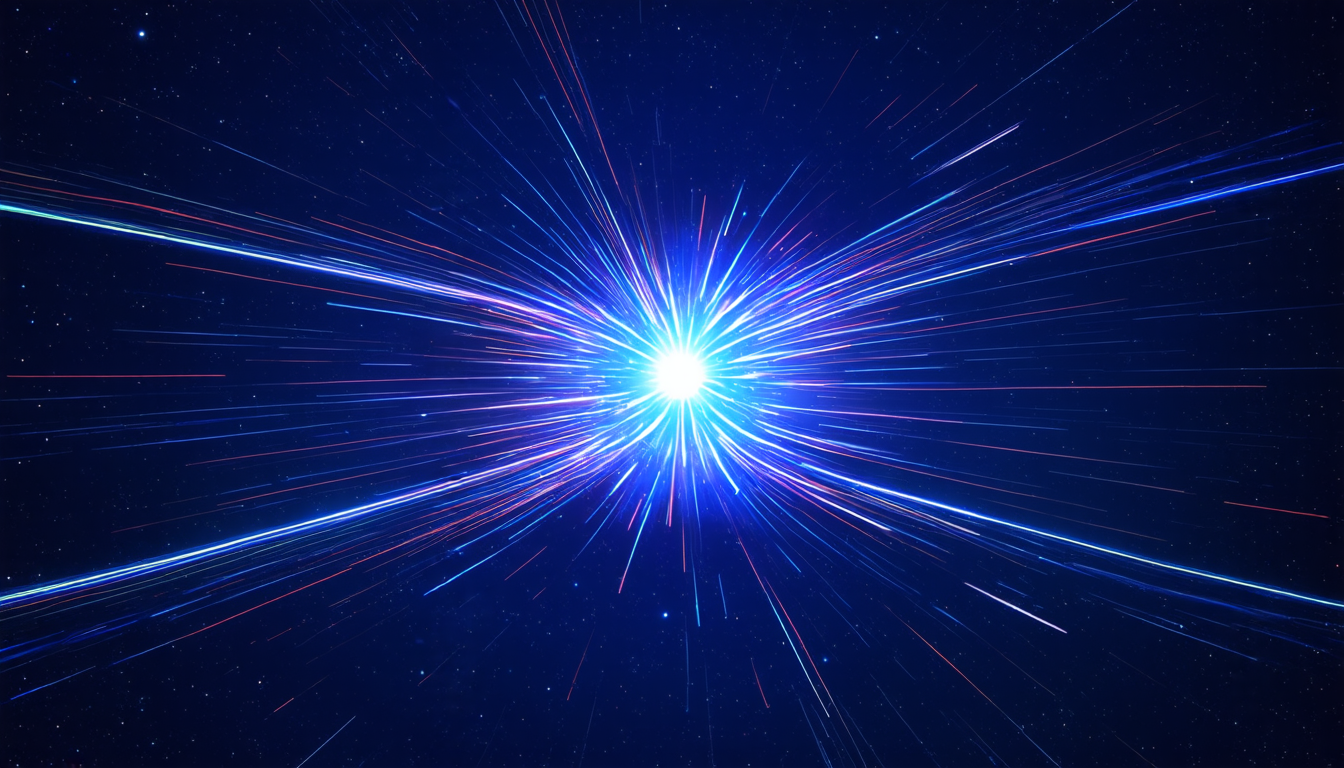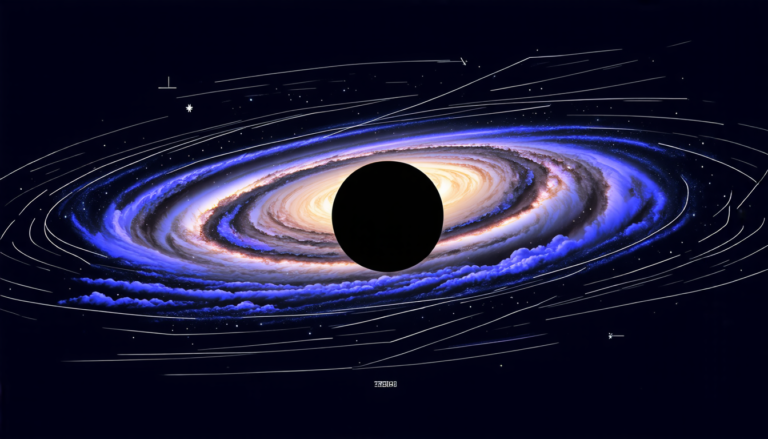Wednesday 04 June 2025
Scientists have long been fascinated by the mysteries of the universe, and a recent study has shed new light on one of the most enduring enigmas: the axion.
For decades, physicists have searched for evidence of these hypothetical particles, which are thought to be responsible for solving a longstanding problem in our understanding of the universe. The strong nuclear force, which holds quarks together inside protons and neutrons, is affected by a property called CP symmetry – the idea that the laws of physics remain unchanged if we swap matter with antimatter and also flip left- and right-handedness.
However, experiments have consistently shown that this symmetry is broken in certain processes. The solution to this puzzle was thought to lie in the existence of a new particle – the axion – which would interact very weakly with other particles and cancel out the effects of CP breaking.
The problem is that finding these axions has proven to be incredibly challenging. They are thought to have been produced in abundance during the early universe, but they have since decayed into much lighter particles, making them extremely difficult to detect.
Recent studies have suggested that axions could be produced in other ways, such as through the interaction of topological defects with normal matter. These defects can form when the universe is still very young and hot, and they can leave behind a trail of axions as they move through space-time.
A team of scientists has now used computer simulations to model the behavior of these topological defects, and their results suggest that axions could be produced in much larger numbers than previously thought. The researchers used complex algorithms to simulate the interactions between the defects and normal matter, taking into account factors such as temperature, density, and magnetic fields.
Their findings indicate that axions could be produced at rates of up to 100 times higher than previously estimated, making them potentially detectable using current experimental techniques. This has significant implications for our understanding of the universe and the search for dark matter – a mysterious substance thought to make up around 27% of the universe’s mass-energy budget.
The researchers also suggest that these axions could be used as a probe of the early universe, providing valuable insights into the conditions that existed just moments after the Big Bang. By studying the properties of these particles, scientists may be able to gain a deeper understanding of the fundamental laws of physics and the evolution of our cosmos.
Cite this article: “Unveiling the Mystery of Axions: A New Frontier in Understanding the Universe”, The Science Archive, 2025.
Axions, Universe, Cp Symmetry, Strong Nuclear Force, Quarks, Antimatter, Topological Defects, Dark Matter, Computer Simulations, Particle Physics







